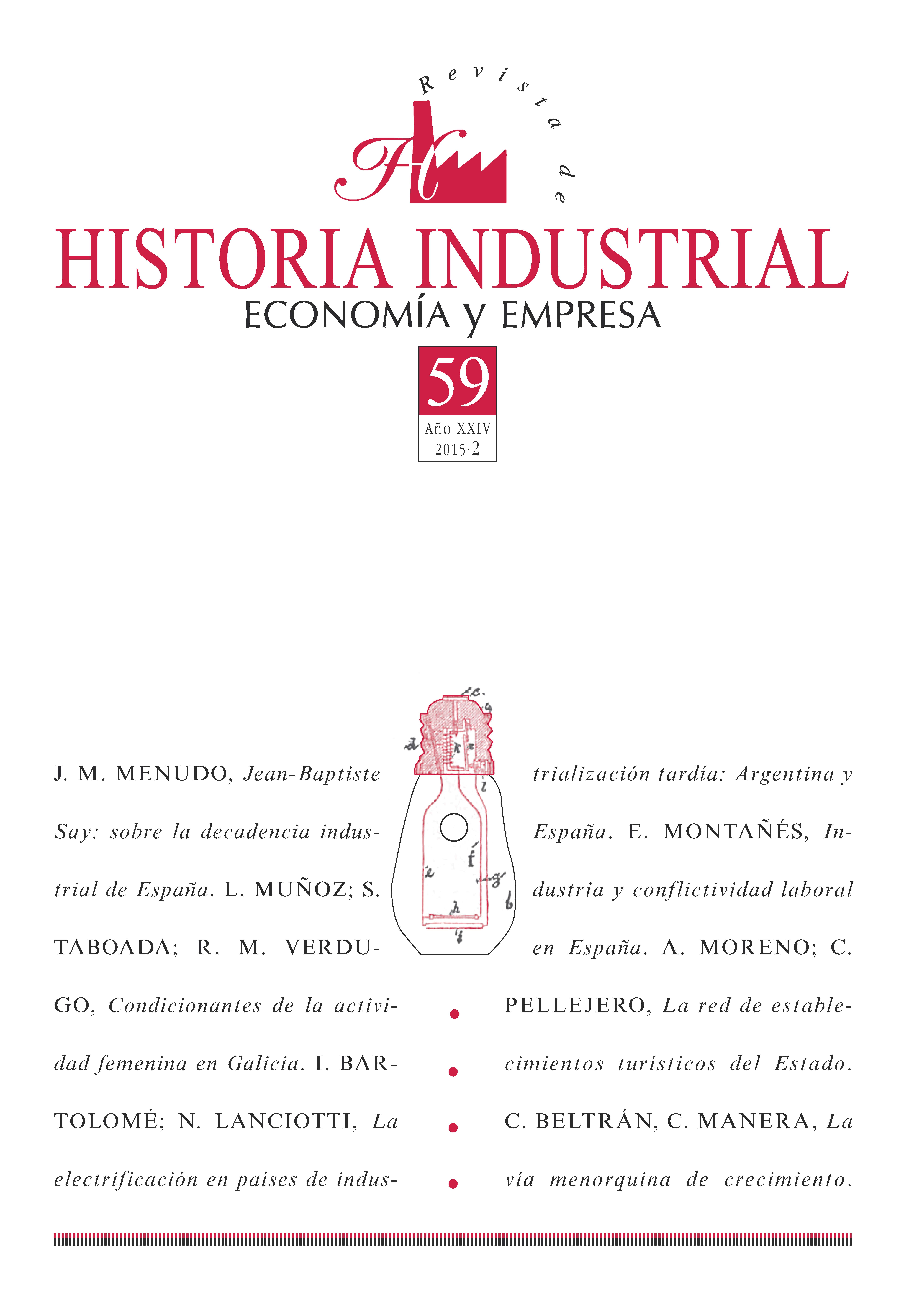La red de establecimientos turísticos del Estado (1928-1977), ¿necesidad hotelera o política turística?
DOI:
https://doi.org/10.1344/rhi.v24i59.21284Palabras clave:
Historia, Turismo, Franquismo, ParadoresResumen
Durante el franquismo, la red de establecimientos turísticos que el Estado había creado en 1928 entró en una nueva etapa. Si en sus primeros años fue un conjunto heterogéneo y pequeño de establecimientos en lugares de escaso desarrollo turístico, desde los años cincuenta Paradores se reveló como un importante instrumento de política turística que cumplió funciones que iban más allá de ofertar plazas en un país con un sector hotelero insuficiente. Debía, entre otras, controlar los precios hoteleros, impulsar la vertebración turística del territorio o, a partir de un determinado momento, colaborar en la conservación del patrimonio. Su evolución no es una simple historia empresarial; es, sobre todo, indicativa de lo que el franquismo entendió por turismo y por desarrollo turístico. El llamativo aumento de la red, que entre 1940 y 1977 creció en sesenta y cinco establecimientos, así como su ambiciosa política territorial y arquitectónica hizo del Estado uno de los más importantes empresarios hosteleros. Curiosa paradoja en un país que durante las décadas franquistas no supo (o pudo) resolver el problema hotelero nacional. Más allá de sus cifras, nos preguntamos en este artículo si cumplió con los objetivos fijados y cuál fue su papel dentro de la estructura turística española, sin olvidar, por supuesto, su cuestionada rentabilidad económica.Descargas
Descargas
Publicado
Cómo citar
Número
Sección
Licencia
El/la autor/a cede los derechos al/la editor/a. Creative Commons
El/la autor/a que publica en esta revista está de acuerdo con los términos siguientes:
- El/la autor/a cede en exclusiva todos los derechos de propiedad intelectual al/la editor/a para todo el mundo y toda la duración de los derechos de propiedad intelectual vigentes aplicables.
- El/la editor/a difundirá los textos con la licencia de reconocimiento de Creative Commons que permite compartir la obra con terceros, siempre que éstos reconozcan su autoría, su publicación inicial en esta revista y las condiciones de la licencia.





